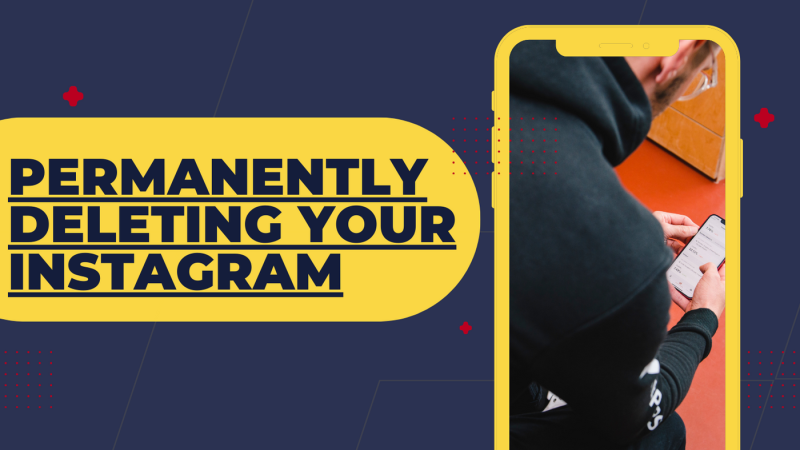Search engine optimisation (SEO) is the process of improving your website’s visibility in search engine results pages (SERPs) through organic search engine results. The higher your website appears on the first page of SERPs, the better off you are. While many factors influence how high or low a page ranks in the SERPs, one of these is backlinks from other websites. In other words: If someone links to your site on their own blog post or article, Google sees this as evidence that your content is worth paying attention to!
How Does Social Media Impact Website SEO?
There’s no question that social media is important to your SEO. It can be a great source of links, it can increase brand awareness, and it can help you establish yourself as an authority in your industry. But what exactly does this mean?
- Social Media Can Be Used To Gain Links
The more websites that link back to yours, the higher your ranking will be on Google. That’s why getting links from other sites is so important for SEO success. Social media makes gaining those links easier than ever before: all you need is one person who has lots of followers on Twitter or Facebook (or whatever platform) linking back to your website!
- Social Media Can Be Used To Increase Brand Awareness
Being active on social media helps build trust among potential customers who might not know about you yet—but if they see pictures of their friends raving about how awesome their experience was at [your business], then there’s a good chance they’ll check it out themselves!
1. Create Link Opportunities
- Create link opportunities.
- Develop a social media marketing strategy to promote your content (which might vary depending on the type of content and where you share it).
- Develop a standard operating procedure (SOP) to ensure each new piece of content goes through the sharing strategy.
- Keep an updated list of evergreen content that should be reshared regularly. Remember: Social media shows your content to only a small portion of your potential audience, so a single share isn’t reaching everyone who follows you.
For example, if you’re a fashion blogger and you want to work with a beauty company, ask if they would be interested in collaborating on a post about how to wear their products for fall. If they say yes, set up some guidelines for how the content should look and where it should be posted (i.e., do they want their logo front and center or would they prefer more subtle placement?), then start writingIf you’re going to use social media as a promotional tool, do it right. Don’t just pay someone else to post your advertisements on their feed; instead, create content that people want to share with their friends. Create original videos that are funny or informative and make people laugh or learn something new; these will be more likely to get shared than boring old pictures of your productThis is why it’s important to have a consistent schedule, so that you’re always sharing new content with your audience. It also helps keep things fresh and interesting for your followers..!
2. Increase Brand Awareness and Positive Mentions
The next step to increasing brand awareness is to encourage positive mentions of your brand on social media and other places. Once you’ve developed a loyal following, people will naturally want to share their experiences with others. This is where things get tricky: You must be careful not to force these mentions by offering incentives or otherwise pushing for them. It’s better if word-of-mouth happens naturally as a result of people being so impressed with your product or service that they feel compelled to tell others about it. That said, there are some ways you can encourage positive mentions nonetheless:
- Use social media as a platform for communicating with current and potential customers; this way, they’ll feel like they have an opportunity to interact with real people rather than mindless robots at some faceless corporation (which will make them more likely to have positive feelings towards you).
- Tailor your messaging on different social platforms based on what kind of content works best; this also helps ensure that each platform gets its own unique voice rather than sounding like one big monotonous advertisement machine across all networks (which would turn off customers).
There are a lot of moving parts to content marketing, SEO, and social media. The more you learn about each one, the better your chances of success will be. If you’re just starting out, take some time to plan out how everything works together before jumping in headfirst.
3. Build Partnerships
- Build Partnerships
As you grow your social media network, you’re going to want to work with other professionals in your field. These types of partnerships can help boost traffic and exposure for your business, but they also have the added benefit of improving SEO for both parties involved. Here are a few steps for building successful partnerships:
- Make a list of people that would be good potential partners for you (e.g., other businesses or bloggers) based on their topics and interests, then reach out and start building relationships with them by commenting on their content. Once you have established an initial connection, ask them if they would like to partner up on something together—ideally something related to their interests but also relevant (and valuable) for your readers!
4. Establish Authority
- Establish Authority: Build a reputation as an expert by sharing your expertise and providing useful information. * Be Consistent in Your Content Creation: Make sure you’re posting regularly so people will come back for more. * Engage with Your Audience: When someone engages with one of your posts, respond to them to show them that what they posted is important to you too!
If you don’t already have a domain for your website, you need to invest in one so you can build your authority on a site you own and control. Content marketing, SEO, and social media are all interconnected. Rather than treating each as a separate piece in your marketing strategy, look at them as a whole and plan accordingly to make everything work together (and save some money). Leverage secondary channels (such as email newsletters) to circulate traffic back to your primary authority site where there is room for more content creation and interaction with followers who subscribe via email lists or RSS feeds.”
5. Boost Content Lifespan and Engagement
If you want to boost your SEO, it’s important that you share content that is relevant, interesting, and engaging. Sharing the right kind of content will make it discoverable and extend its lifespan as people continue to share it over a period of time. Your content strategy and social media strategy, including analytics for both, need to be working together. You should be publishing engaging content that people will want to talk about and share.
High-performing old content should be updated and recirculated to maximize its lifespan so long as its general message still resonates with readers today.
Your content strategy should help you put together a social media strategy that will maximize your reach. You should be using the right kind of content to promote your brand, and then sharing it on social media platforms like Facebook and Twitter.
Conclusion
By implementing these five strategies, you can elevate your social media presence and create a positive impact on your website’s SEO. If you’d like to learn more about how to use social media for SEO, check out our free guide here!





